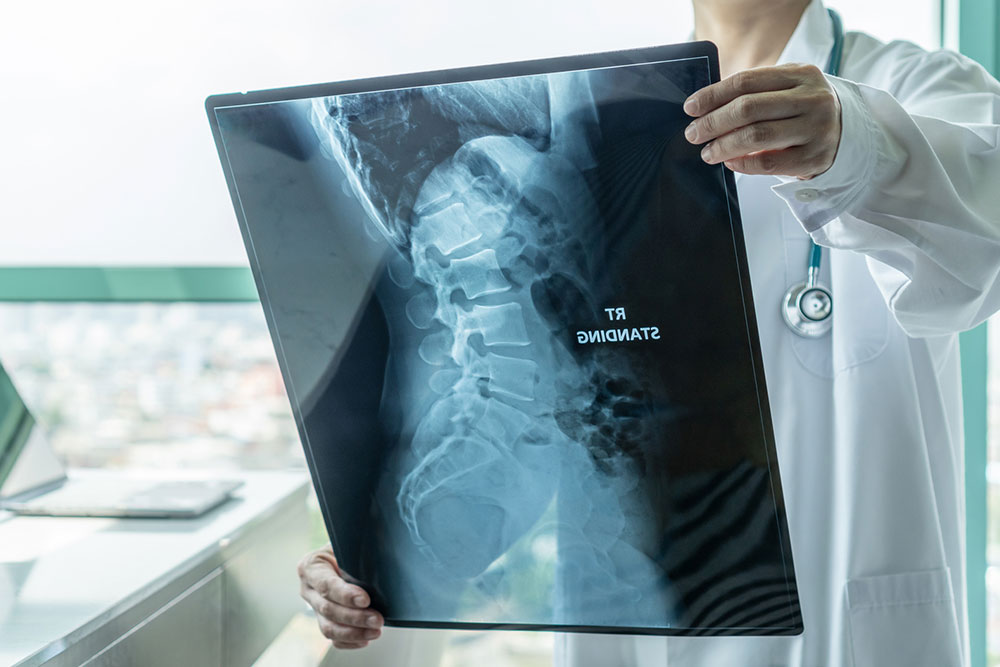Recognizing and Managing Early Signs of Cervical Degeneration
Cervical spondylosis, a common age-related neck condition, presents early signs such as pain, stiffness, and loss of coordination. Recognizing these symptoms promptly and adopting management strategies like physical therapy and lifestyle changes can effectively control the condition and prevent severe complications.

Cervical degeneration, commonly called spondylosis, is a progressive age-related condition affecting the neck’s spinal components. It involves wear and tear of the vertebral bones and intervertebral discs, leading to stiffness and discomfort. Predominantly affecting individuals over 60, understanding early symptoms and treatment options is vital for effective management.
Causes include natural aging, bone spurs forming to reinforce the spine, disc dehydration or degeneration, injuries, heavy lifting, and ligament stiffness. These factors contribute to the deterioration of spinal structures.
Key early indicators to watch for include:
Pain in the neck, shoulders, or arms, intensifying with movement or coughing.
Neck stiffness due to disc loss of hydration and elasticity.
Unsteady gait or balance issues caused by nerve compression.
Tingling or numbness, especially in limbs, from nerve pinching.
Loss of bladder or bowel control, signaling nerve involvement.
Muscle weakness, making grasping objects difficult.
Additional symptoms may involve headaches in the back of the head or general weakness in limbs. The presence and severity can vary, but early detection allows for better management.
Management strategies encompass physical therapy, pain relief medications, applying heat or cold packs, wearing supportive collars temporarily, and, in extreme cases, surgery to remove bone spurs or herniated discs. Maintaining a healthy lifestyle with regular exercise, gentle neck supports, and massages can also help reduce risk and alleviate symptoms.
Consultation with healthcare professionals is essential for appropriate diagnosis and treatment. Proper care can enable individuals to lead normal lives despite the condition.










